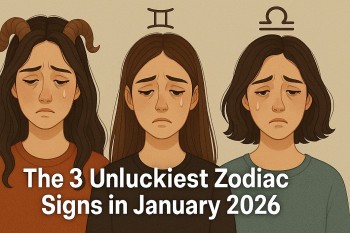A Closer Look at the New 19-Point Peace Framework: How It Marks a Major Shift from Trump’s 28-Point Draft
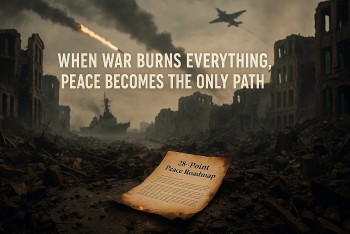 Inside Trump’s Secret 28-Point Peace Roadmap: What the Draft Plan Reveals About the Future of the Russia–Ukraine War Inside Trump’s Secret 28-Point Peace Roadmap: What the Draft Plan Reveals About the Future of the Russia–Ukraine War A detailed investigation into the quietly approved 28-point peace plan that may redefine the Russia–Ukraine war. This expanded analysis breaks down the plan’s four pillars, ... |
A major shift in the search for peace in Ukraine arrived with a streamlined 19 point framework that replaced the earlier and controversial 28 point plan shaped during Donald Trump’s return to the White House. The new version is leaner, more pragmatic and far less rigid than the original draft that stirred anxiety across Europe and drew sharp criticism from Kyiv.
The revised framework signals a recalibration of the United States position, gives Ukraine significantly more room to negotiate and prevents the rapid concessions that many feared were baked into the first plan. What follows is an in depth look at how the new 19 point structure differs from the old 28 point blueprint and why the changes matter for the future of Ukraine, Russia and the broader security landscape in Europe.
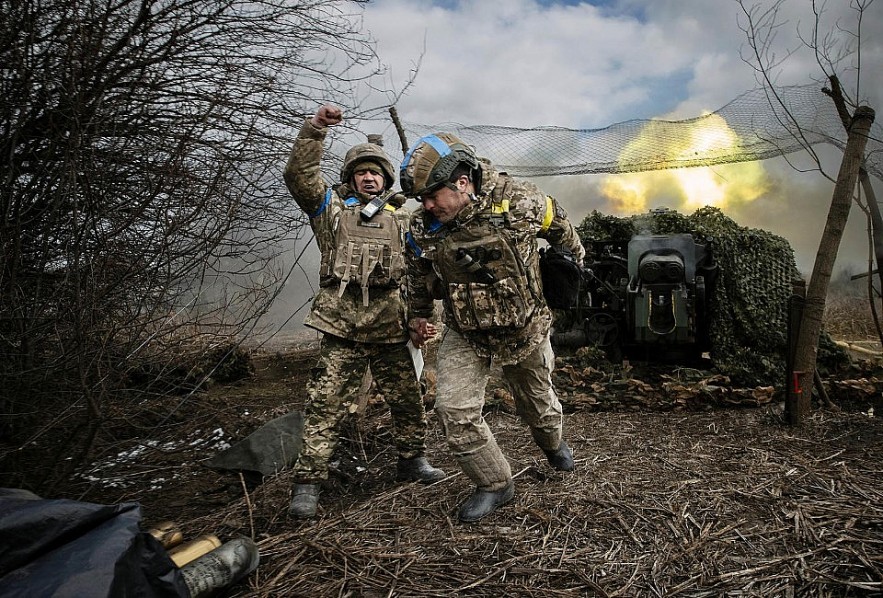 |
| Russia vs Ukraine - War or Peace |
The Original 28 Point Plan: Broad, Heavy and Deeply Contested
The initial 28 point proposal was expansive and highly prescriptive. It attempted to outline nearly every dimension of a future peace settlement. Kyiv viewed several parts as dangerous to its sovereignty. European allies described them as unrealistic and overly generous to Moscow. Key elements included:
-
A fixed cap on Ukraine’s armed forces set at a sharply reduced level.
-
A constitutional prohibition on joining NATO, paired with a ban on foreign military bases.
-
Provisions that implied de facto recognition of Russian control over certain occupied territories.
-
Far reaching plans for joint US Ukraine reconstruction and energy projects, including shared operation of strategic infrastructure.
-
Broad language on amnesty and victim redress with little specificity.
Critics argued that the plan demanded too much from Ukraine too early and rewarded Russia without requiring reciprocal concessions. The United States saw it as a starting point for negotiation, but reactions abroad forced a reassessment.
Why the Plan Was Revised
The new 19 point framework emerged after intense consultations between Washington and Kyiv, combined with growing resistance from European partners. Three forces drove the shift:
-
Kyiv refused to accept terms that limited its sovereignty.
-
Europe pushed back against a process that sidelined the continent’s security concerns.
-
The United States recognized that a narrower, more realistic proposal could strengthen diplomatic traction.
The result is a plan that keeps the structure but removes the most controversial obligations.
The New 19 Point Framework: What Changed and Why It Matters
1. The Military Cap Is Gone
The earlier demand to sharply shrink Ukraine’s military is no longer part of the plan. Kyiv insisted that any forced reduction would leave the country vulnerable and undercut deterrence. Removing this point is one of the clearest signs that the revised framework respects Ukraine’s right to defend itself.
2. NATO Restrictions Are No Longer Predefined
The original plan attempted to lock Ukraine out of NATO permanently. This would have granted Moscow long term strategic influence over Ukraine’s security posture. The 19 point version defers the NATO question entirely. It is no longer a precondition for peace. This change protects Ukraine’s long term choice and prevents Russia from gaining a major geopolitical win.
3. Territorial Concessions Are Not Hardwired
Where the 28 point draft hinted at territorial concessions that favored Russia, the new plan refuses to fix outcomes in advance. Instead, it sets the current front line as the baseline for further talks. Sensitive issues like territorial control are reserved for later stages. This avoids a forced settlement and preserves Ukraine’s legal claims.
4. Ukraine’s Sovereignty Is Explicitly Prioritized
The 19 point framework reflects a shift from a top down plan to a cooperative negotiation. Ukraine is no longer treated as a recipient of conditions but as a partner shaping the terms. Language that once implied pressure is replaced by terms that encourage joint decision making.
5. Amnesty and Accountability Receive More Careful Treatment
The original draft used broad and vague language about amnesty that could have allowed serious crimes to go unpunished. The new framework moves toward a more detailed process that distinguishes battlefield actions from war crimes. Victims are given more explicit recognition.
6. Reconstruction and Energy Projects Are Streamlined
Reconstruction remains a major pillar, but the 19 point plan narrows the scope to prevent exploitation or political manipulation. The earlier framework detailed energy sharing and joint infrastructure operations that critics argued favored Russia. The new version focuses on transparency and sovereignty.
7. A More Realistic Implementation Process
The revised plan avoids grand architectural visions and instead lays out a manageable structure. The 28 point version tried to solve every issue at once. The new one sequences the process in stages: ceasefire, humanitarian relief, security guarantees, reconstruction and only then territorial settlement.
Why These Changes Matter for Ukraine
The new structure provides Ukraine with breathing room. It avoids the perception of forced capitulation. It restores leverage that would have been lost had Kyiv accepted military reductions, NATO limits or territorial commitments upfront.
The shift also gives Kyiv time to weigh options without rushing into irreversible decisions. A streamlined plan that respects sovereignty increases the chance that Ukraine can negotiate from a position of stability rather than vulnerability.
What It Means for Russia
The revisions put Moscow in a tougher spot. While Russia might have welcomed the earlier concessions, the new framework expects more from both sides. With fewer guaranteed gains, Russia must choose between engagement, escalation or delay. For the Kremlin, the new plan is less of a victory but still provides a diplomatic path if it chooses to take it.
Europe’s Role Strengthened
The new 19 point structure recognizes the essential role of European states in security guarantees, reconstruction financing and long term stability for Ukraine. Europe went from a peripheral observer in the 28 point draft to a key partner in the revised plan. This balances the process and reduces the perception of a unilateral US deal imposed on the region.
Risks and Unresolved Issues
Although improved, the 19 point framework still faces hurdles:
-
Russia may reject it as too limited.
-
Ukraine may struggle with domestic pressure against compromise.
-
Europe must coordinate its approach and funding.
-
A ceasefire without a political settlement risks freezing the conflict.
The new plan is not a final answer but a more strategic starting point.
Possible Scenarios Ahead
1. A Phased Peace Deal
Talks progress through the 19 points, leading to a ceasefire and eventual political settlement.
2. A Frozen Conflict
The framework becomes a holding plan that stops large scale fighting but leaves disputed areas unresolved.
3. Breakdown and Return to Escalation
If Moscow or Kyiv rejects the process, hostilities could intensify and diplomacy stalls.
Conclusion
The reduction from a 28 point blueprint to a focused 19 point peace framework is one of the most significant diplomatic shifts since the war in Ukraine began. The new plan removes the most controversial demands, reinforces Ukraine’s sovereignty, increases European involvement and offers a more realistic path toward negotiation.
It does not guarantee peace but increases the chances of meaningful talks that respect the interests of all parties except those rooted in coercion. The months ahead will determine whether the 19 point structure becomes a turning point or simply another chapter in the long and difficult search for stability in Europe.
FAQs
1. Why was the 28 point plan replaced?
Because both Ukraine and European allies viewed it as overly rigid and too favorable to Russia. The United States revised it to create a more balanced and workable framework.
2. Does the new plan decide Ukraine’s NATO future?
No. The revised version avoids locking Ukraine out of NATO and leaves the issue for later negotiations.
3. Are territorial concessions part of the new framework?
Not explicitly. The plan delays final decisions on territorial issues until after initial steps like ceasefire and humanitarian relief.
4. Does the 19 point plan ensure peace?
No plan can guarantee peace, but the new version increases the likelihood of serious negotiations.
5. How is Europe involved in the new framework?
Europe is positioned as a core partner, especially in security guarantees and reconstruction funding.
 Top 6 Richest Ukrainians in 2025: Profiles of Wealth Amid Economic Resilience Top 6 Richest Ukrainians in 2025: Profiles of Wealth Amid Economic Resilience This article delves into the profiles of these individuals, their business ventures, and the broader economic context of Ukraine. |
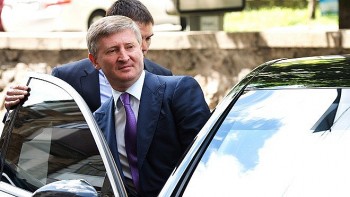 Top 5 Richest People in Ukraine 2025: Fortunes, Empires, and Power Top 5 Richest People in Ukraine 2025: Fortunes, Empires, and Power Despite the ongoing war with Russia and its severe impact on Ukraine’s economy, several Ukrainian billionaires have secured spots on the Forbes World’s Billionaires List ... |
 U.S. News Today | May 19, 2025: Biden Cancer, Escaped Inmates, Tornado Outbreak, And More U.S. News Today | May 19, 2025: Biden Cancer, Escaped Inmates, Tornado Outbreak, And More Stay informed with today’s top U.S. headlines for May 19, 2025 — from Biden’s cancer diagnosis and deadly tornadoes to Trump’s ceasefire talks, economic shocks, ... |
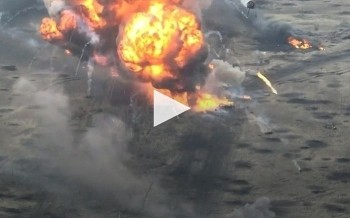 Video: Russian Iskander-M Obliterates Ukraine's Patriot 'Fire Dragon' in Dnepropetrovsk Video: Russian Iskander-M Obliterates Ukraine's Patriot 'Fire Dragon' in Dnepropetrovsk A Russian Iskander-M tactical missile has reportedly destroyed a U.S.-supplied Patriot air defense system in Ukraine, dealing a significant blow to Kyiv’s high-value military assets ... |

















